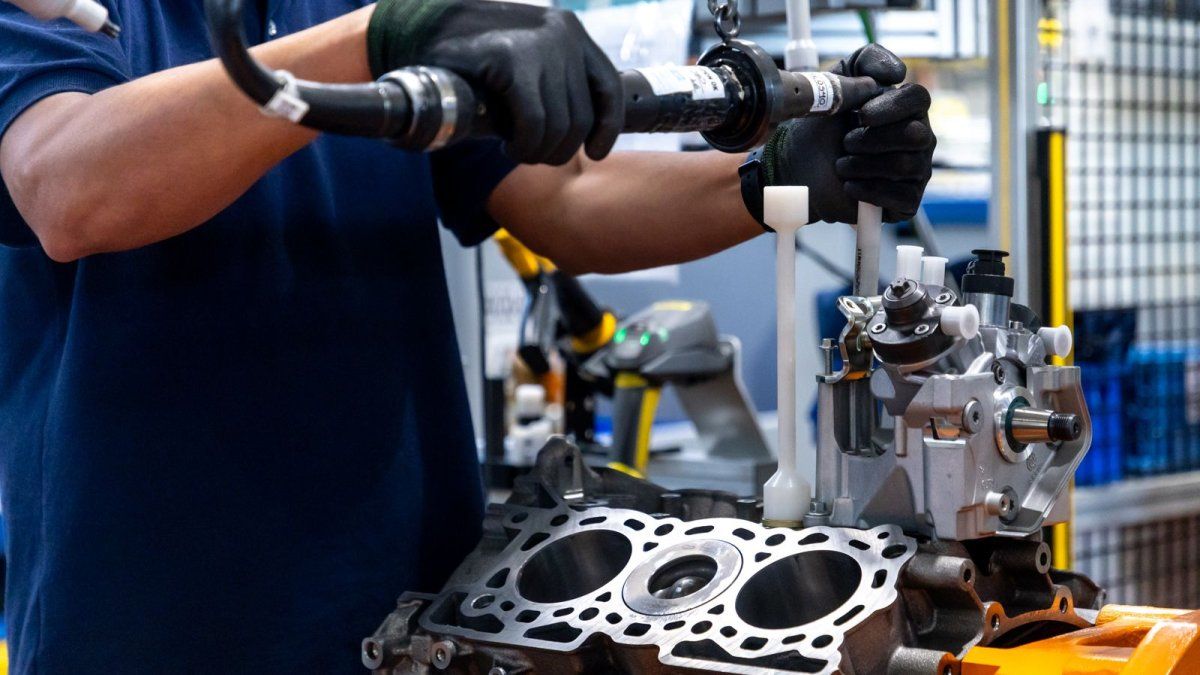Australian researchers have developed a technique that uses sound waves to create bones from stem cells.
Stem cells have the ability to transform into any other type of cell – an ability some animals use to regrow limbs, for example. In medicine, they have the potential to help repair parts of the human body that have been damaged by injury or disease.
For this purpose, the stem cells are manipulated. A new study now describes an innovative way to do this: With a ten-minute daily stimulation with high-frequency sound waves, stem cells should be able to convert into bone cells in just five days.
Hope for Cancer Patients
In the future, the researchers hope that this technique – which offers several advantages over the methods used today – could be used to regrow bone lost to cancer or other types of diseases.
“The sound waves cut the treatment time normally required to get stem cells to turn into bone cells by several days,” says Amy Gelmi, a researcher at the Royal Melbourne Institute of Technology in Australia (RMIT), as reported by the portal “Sciencealert ” summarizes. “Furthermore, this method does not require any special ‘bone-inducing’ drugs and is very easy to apply to the stem cells.”
The approach builds on years of trying to manipulate materials with sound waves at frequencies of tens of megahertz, which are much higher frequencies than researchers have previously used in these types of experiments.

Cheap and easy to use
A microchip was used to transform stem cells, which were then placed in silicon oil. Researchers have shown that it works with multiple types of stem cells. “We can use the sound waves to apply just the right amount of pressure in the right places on the stem cells to trigger the process of change,” says RMIT chemical engineer Leslie Yeo. “The equipment we use is cheap and easy to use and could therefore easily be scaled up to treat a large number of cells at the same time,” the study summarizes in the scientific journal Nano–Micro–Small.
“Our study found that this new approach has strong potential for treating the stem cells before we either apply them to an implant or inject them directly into the body for tissue engineering,” summarizes Gelmi via Sciencealert.
,
Source: Stern




